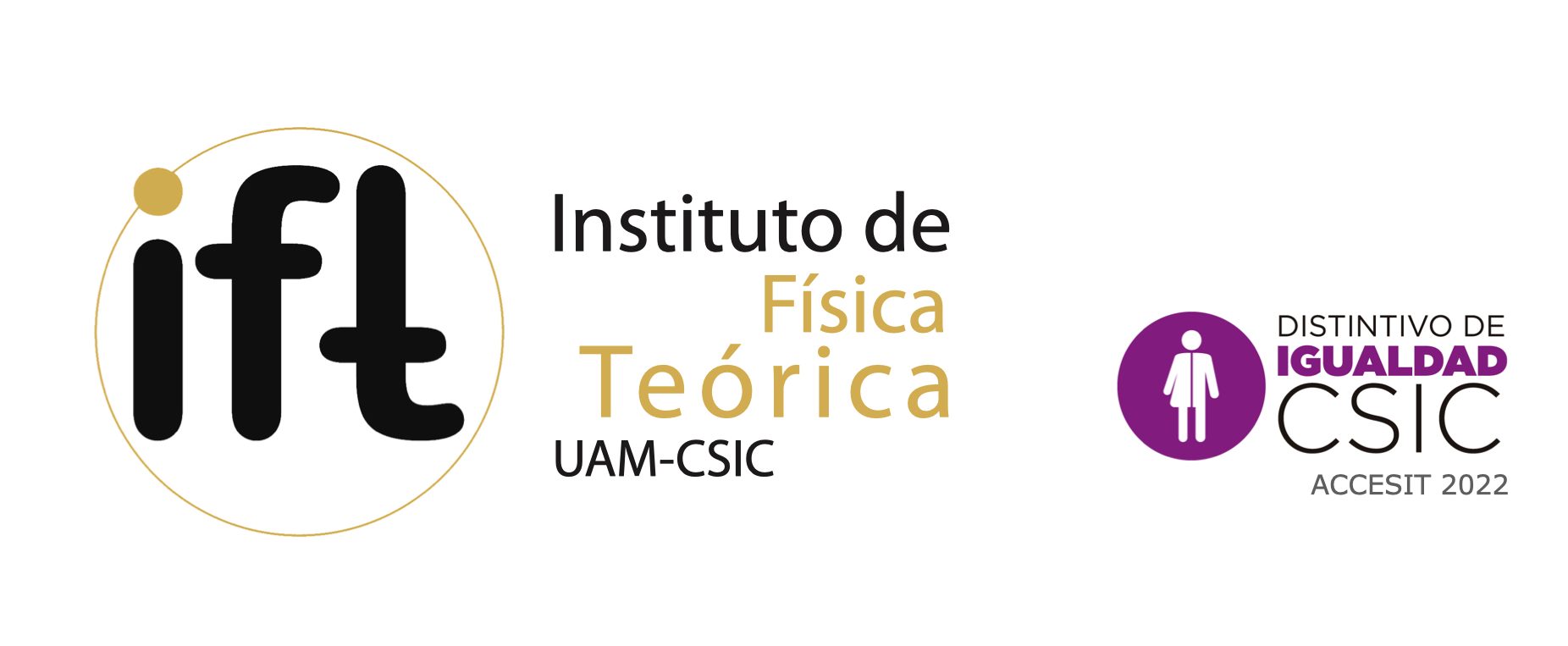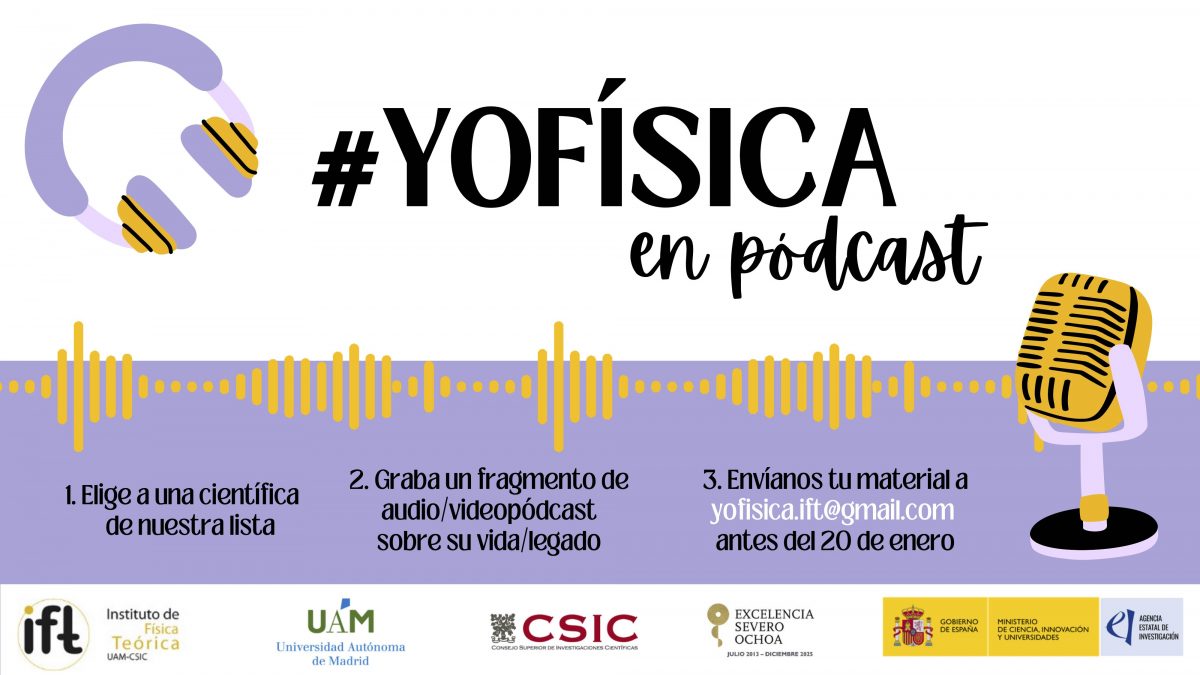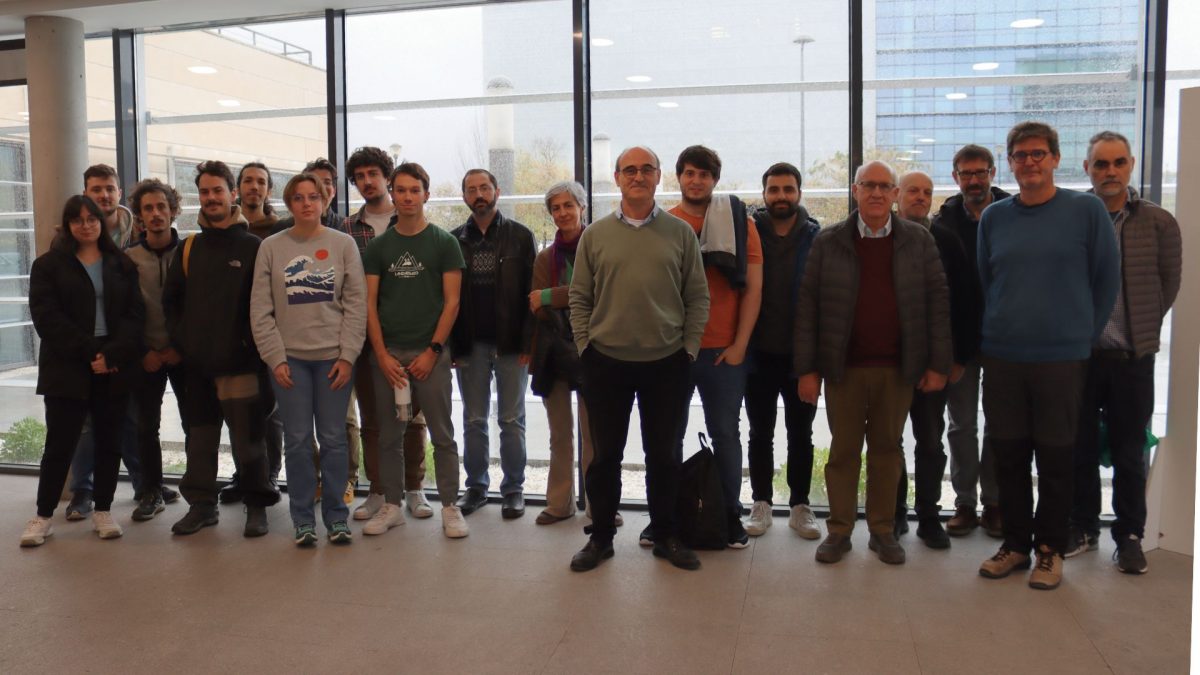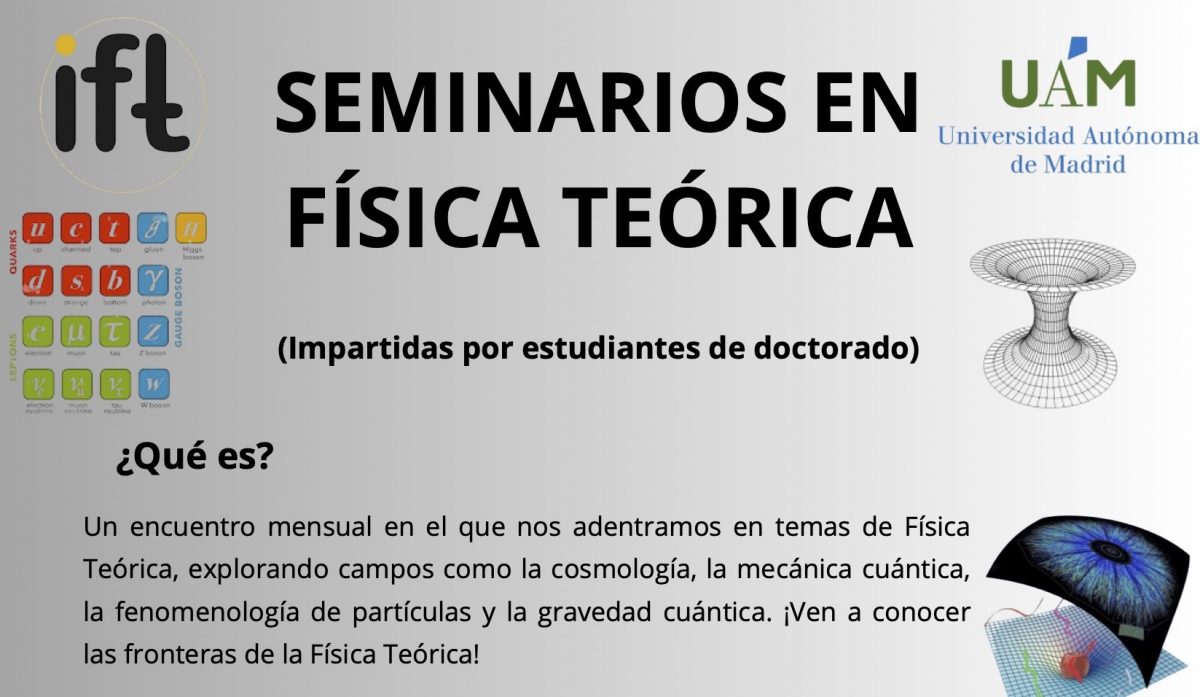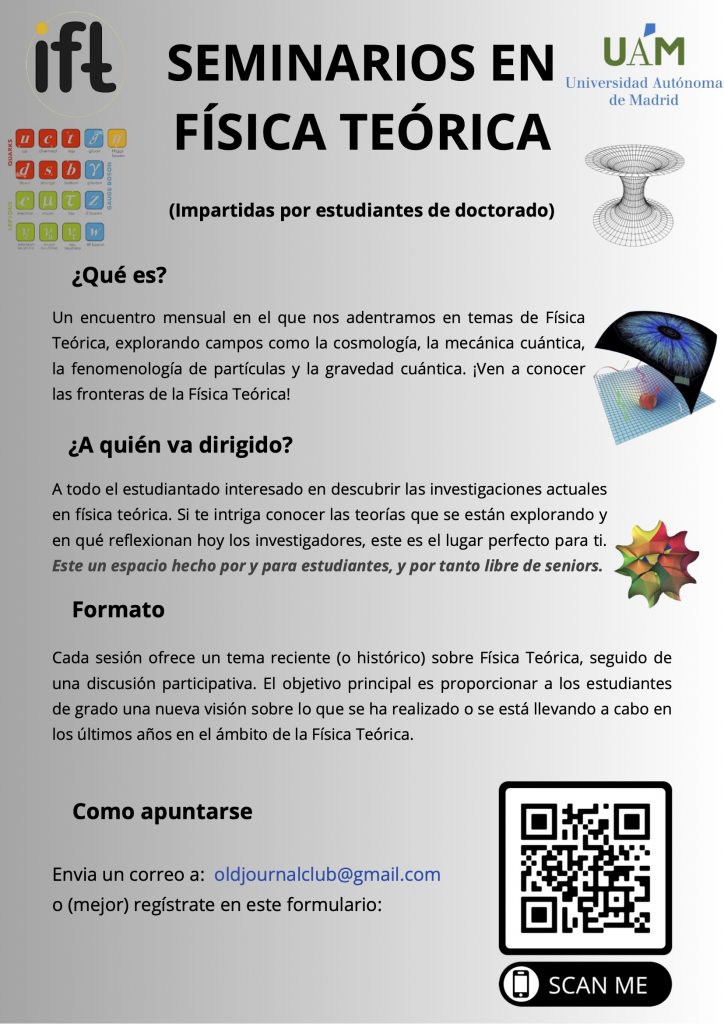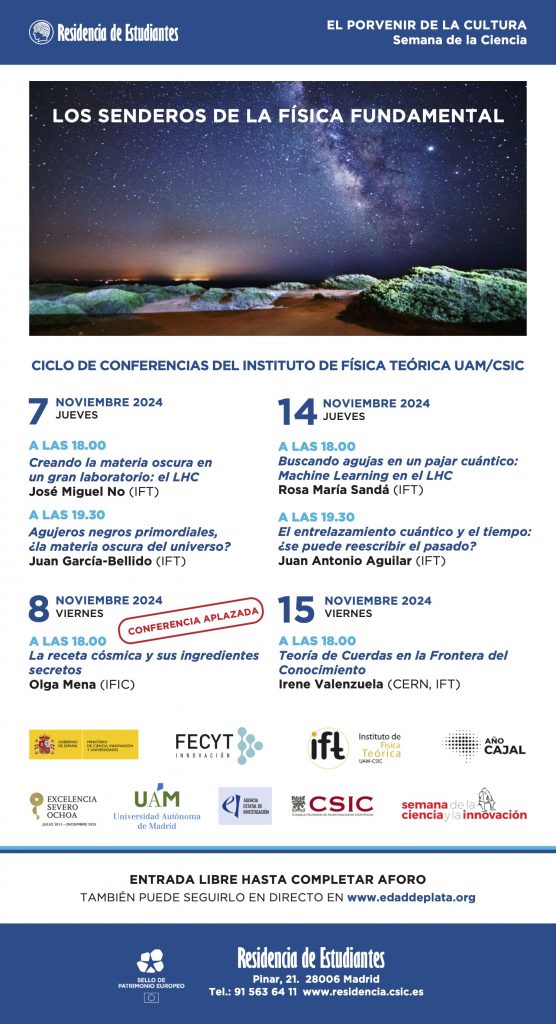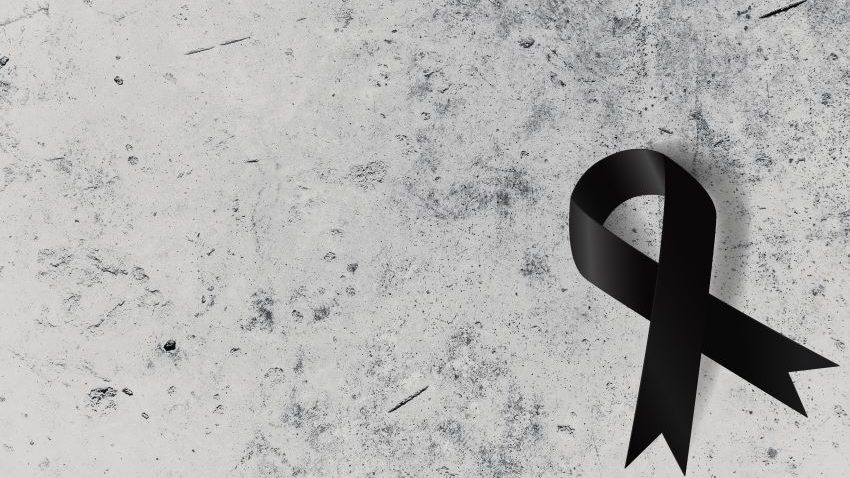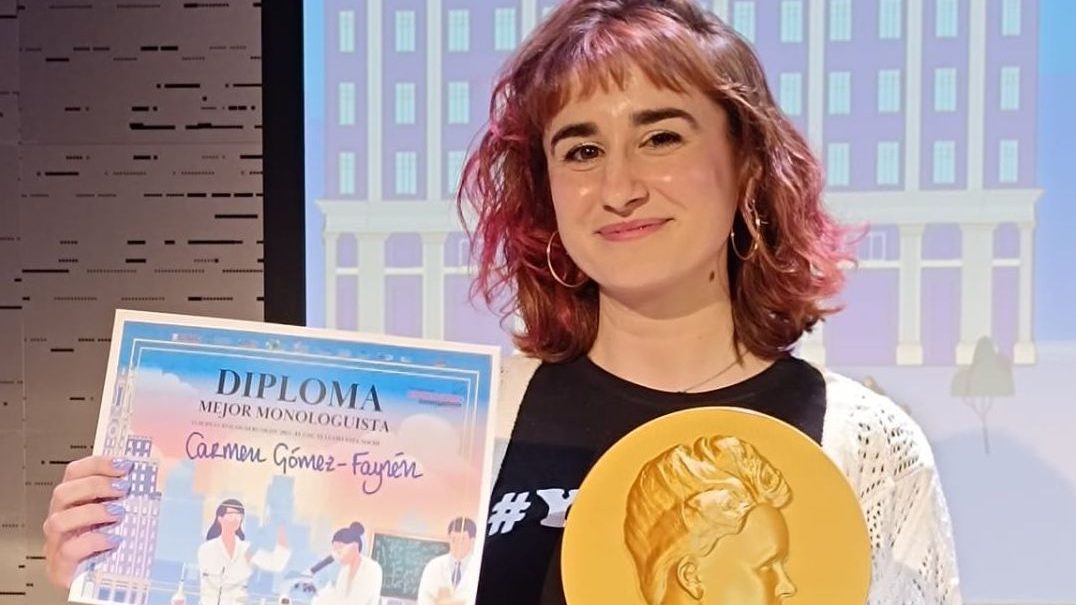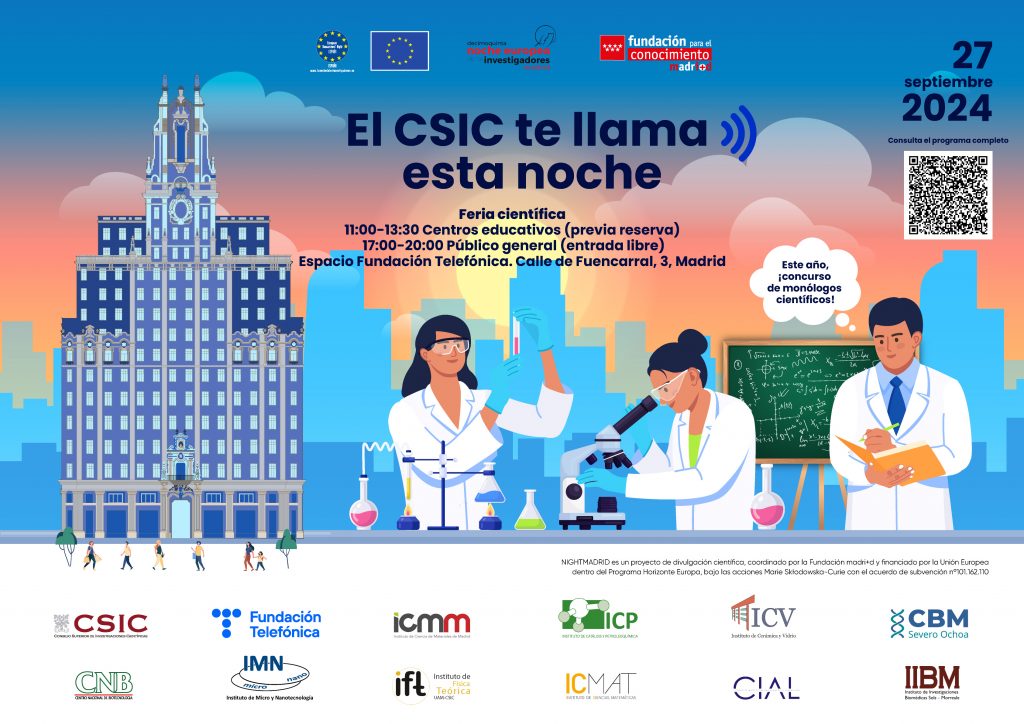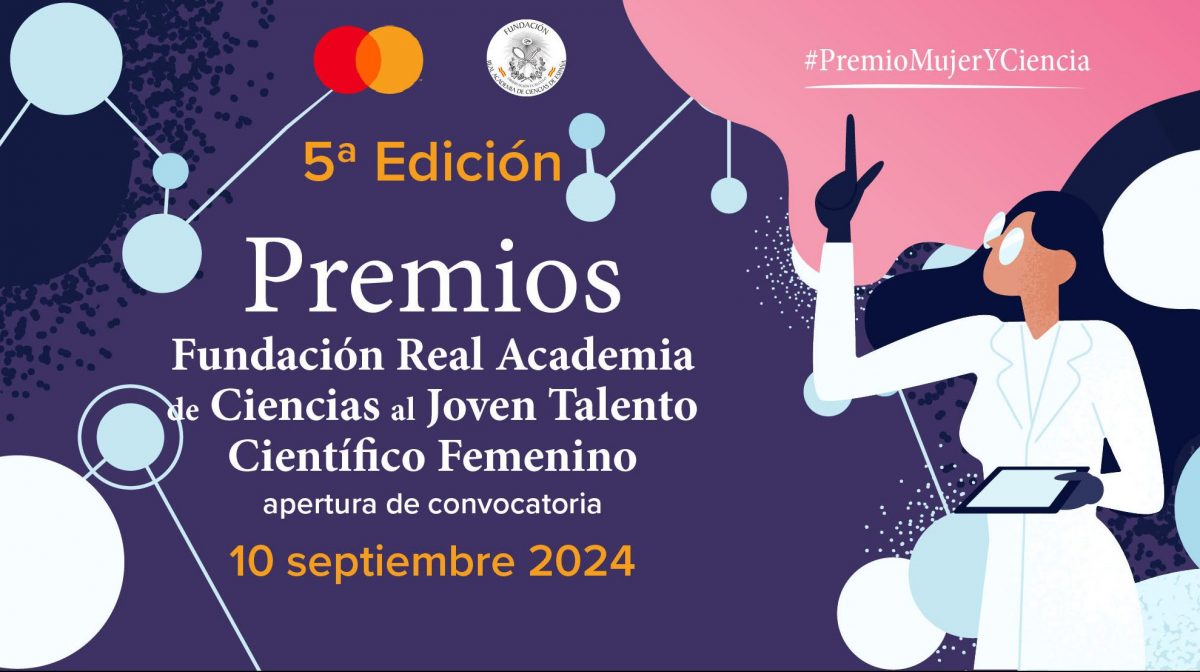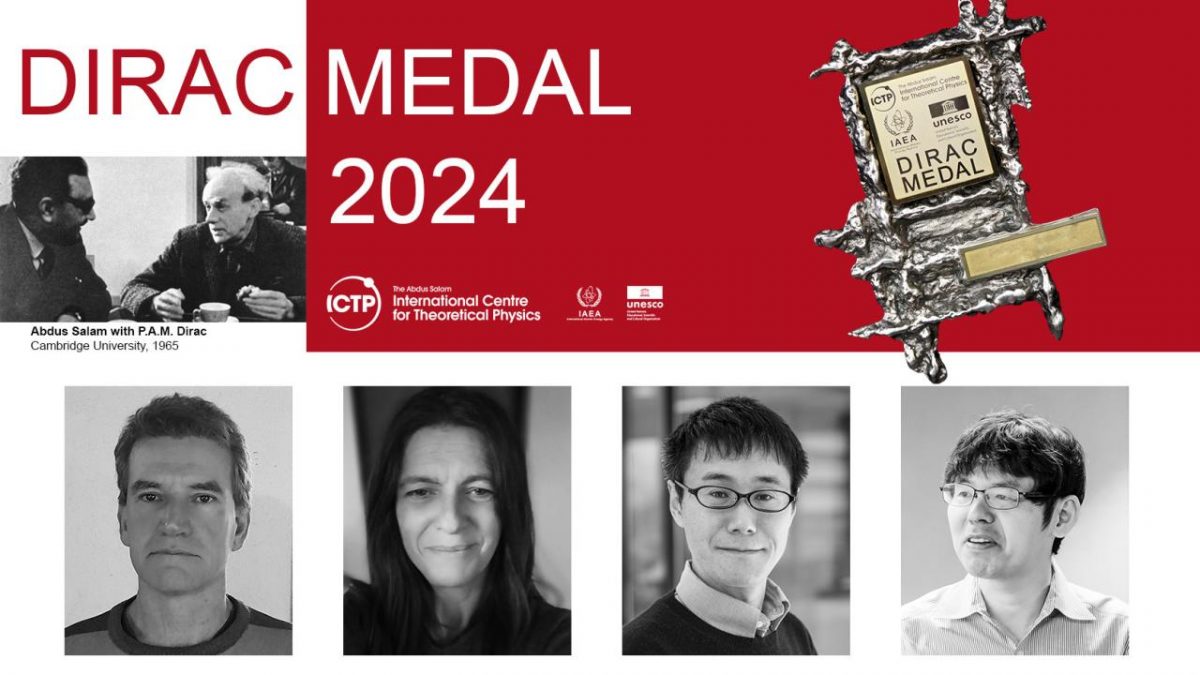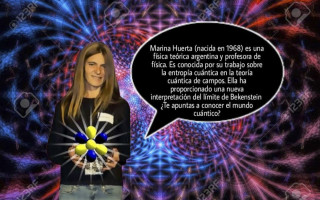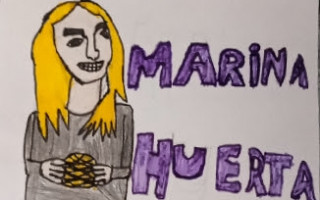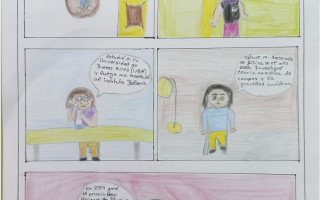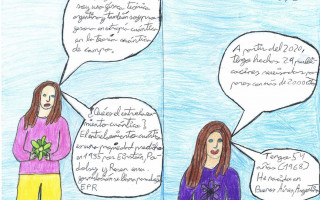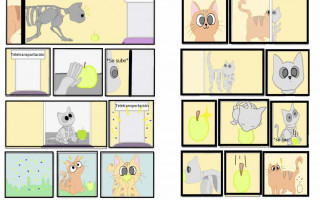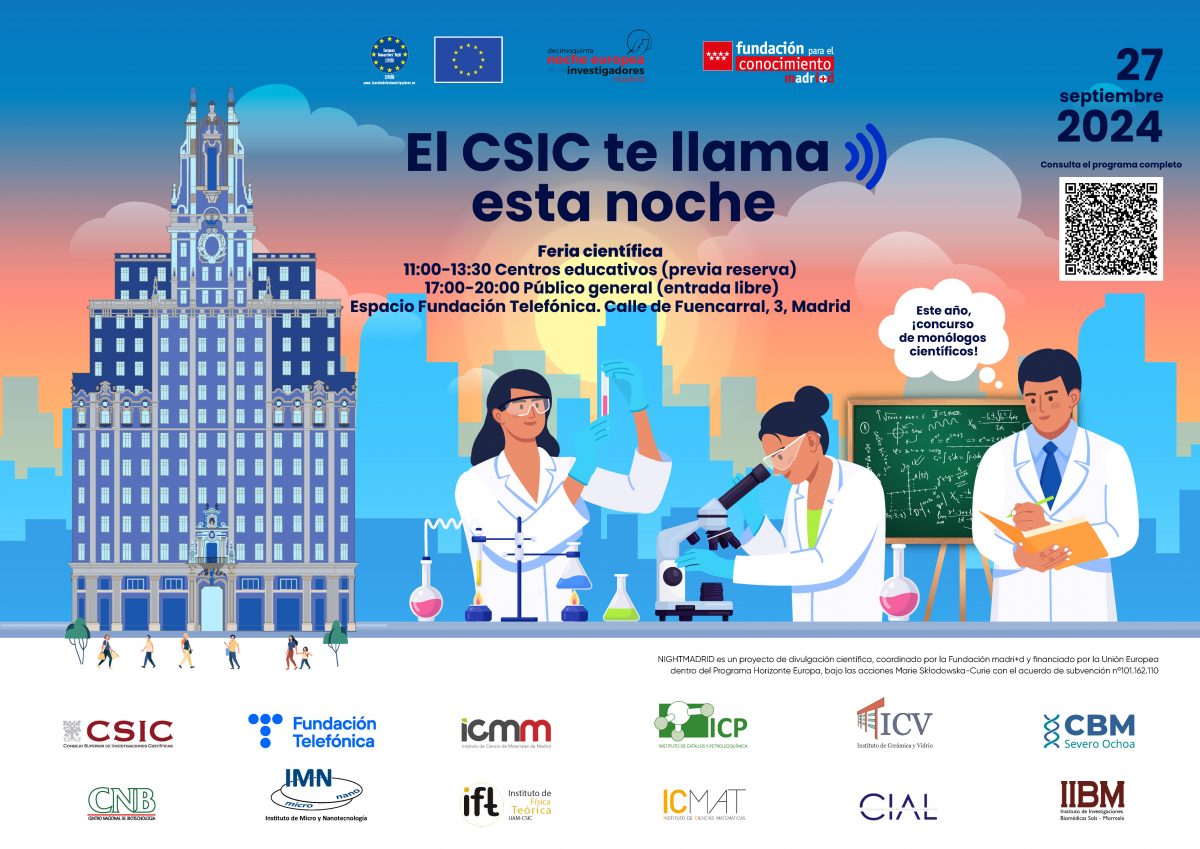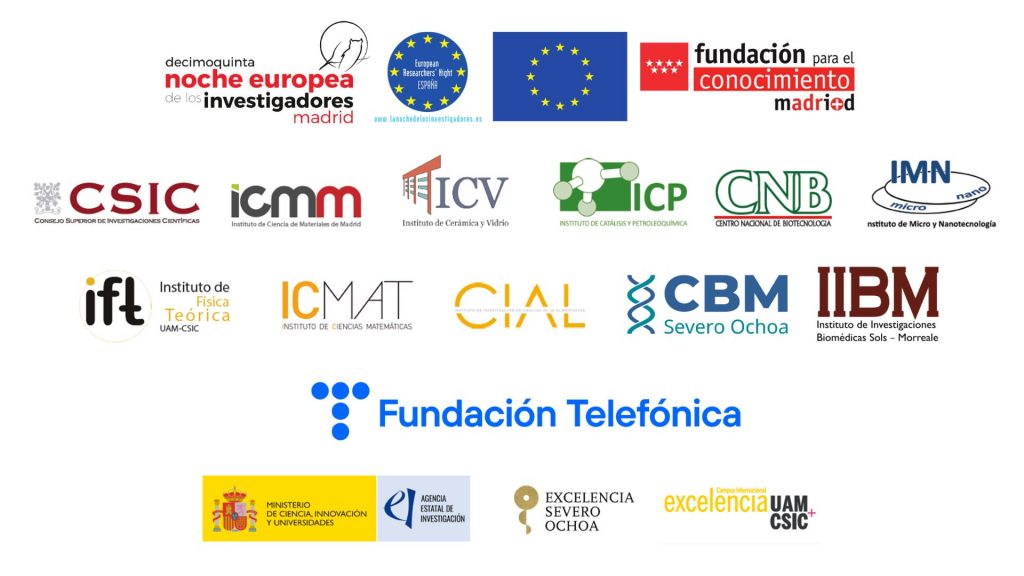- El reto #YoFísica, diseñado por el Instituto de Física Teórica busca fomentar vocaciones científicas sin sesgos de género.
- Este año, el IFT anima a crear una pieza de audio o vídeo en el que se presente la vida y legado científico de alguna física bajo la etiqueta #YoFísicaEnPódcast.
- La iniciativa anual se enmarca en el Día Internacional de las Mujeres y las Niñas en la Ciencia, que se celebra cada 11 de febrero.
Con motivo de la celebración del próximo 11 de febrero, Día Internacional de las Mujeres y las Niñas en la Ciencia, el Instituto de Física Teórica (IFT UAM-CSIC) pone en marcha una nueva edición de su certamen #YoFísica. Este año, el proyecto invita a las y los estudiantes a participar en el reto #YoFísicaEnPodcast, una iniciativa diseñada para fomentar la divulgación científica y visibilizar el papel de las mujeres en la física utilizando el popular formato de videopódcast.
El reto propone que las personas participantes seleccionen a una física de un listado dado y creen un fragmento de audio o vídeopódcast en el que hablen sobre su vida y su legado científico. La actividad está abierta a múltiples enfoques: se puede realizar una investigación sobre figuras históricas, elegir a físicas actuales o incluso entrevistar a científicas en activo.
El objetivo de esta iniciativa es doble: por un lado, despertar el interés de la juventud por la ciencia y, por otro, dar visibilidad a las mujeres que han contribuido al avance de la física a lo largo de la historia. Al mismo tiempo, se busca fomentar la igualdad de género en el ámbito científico y contribuir a la creación de referentes femeninos entre las personas más jóvenes.
29 científicas para inspirarse
Las personas que participen podrán elegir entre otras 29 destacadas científicas cuyas vidas y logros han dejado una huella imborrable en la historia de la ciencia. La lista incluye nombres como Marie Sklodowska Curie, Vera Rubin, Emmy Noether, Ada Lovelace, Katherine Johnson, Mildred Dresselhaus y muchas más, abarcando disciplinas que van desde la física teórica hasta la astronomía, la química y la informática. Esta diversidad permite al estudiantado encontrar figuras con las que se identifiquen y aprender sobre sus contribuciones al avance del conocimiento humano.
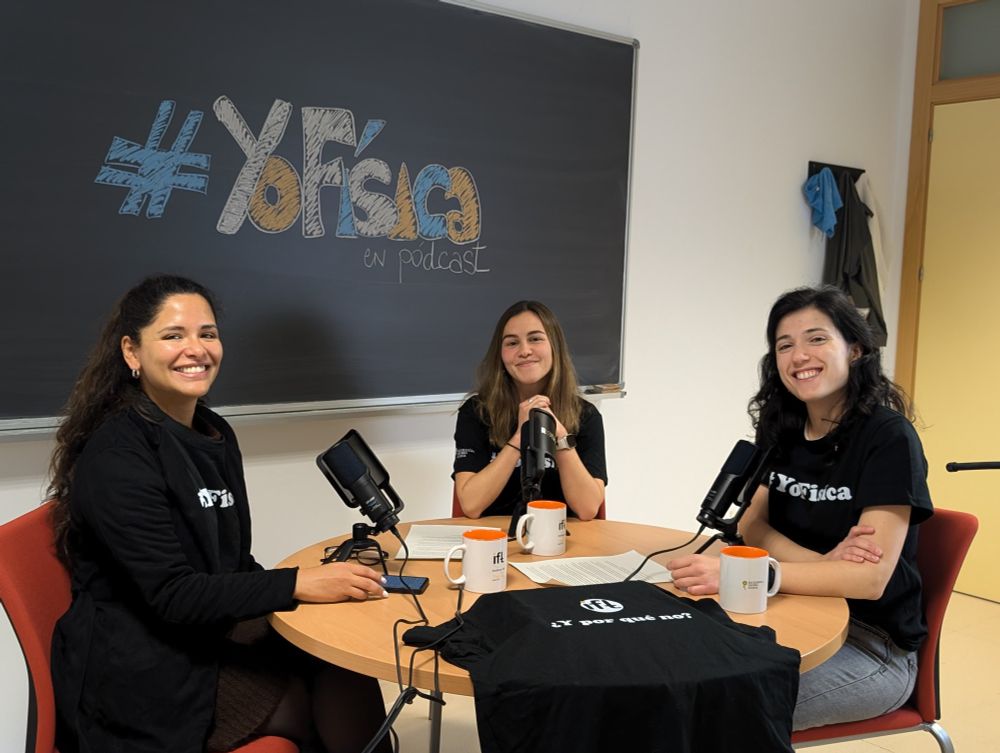
Cómo participar
El plazo para participar en el certamen estará abierto hasta el 31 de enero de 2025, dando tiempo a las y los participantes para investigar, desarrollar sus ideas y producir sus pódcast. Desde el IFT se invita a todos los centros educativos, familias y las y los estudiantes interesados a unirse a esta iniciativa y formar parte de una comunidad que promueve la divulgación científica inclusiva.
Como cada año, el IFT se encargará de elaborar un vídeo recopilatorio con todas las contribuciones recibidas. Este vídeo será estrenado el 11 de febrero de 2025 en el canal oficial de YouTube del instituto, destacando el entusiasmo y creatividad de las personas participantes. Además, los pódcast individuales tendrán su propio espacio tanto en el canal IFT 11 Febrero de YouTube como en una galería que estará disponible en la página web del proyecto.
Para más información sobre el reto, recursos y documentación necesaria, se puede contactar con la organización a través del correo yofisica.ift@gmail.com o visitar la página web oficial del certamen.
Con #YoFísicaEnPodcast, el IFT reafirma su compromiso con la igualdad de género en la ciencia y espera rendir homenaje a las físicas que han dejado su huella en la historia de la humanidad.
Para más información y entrevistas:
Correo electrónico: comunicacion@ift.csic.es / yofisica.ift@gmail.com
